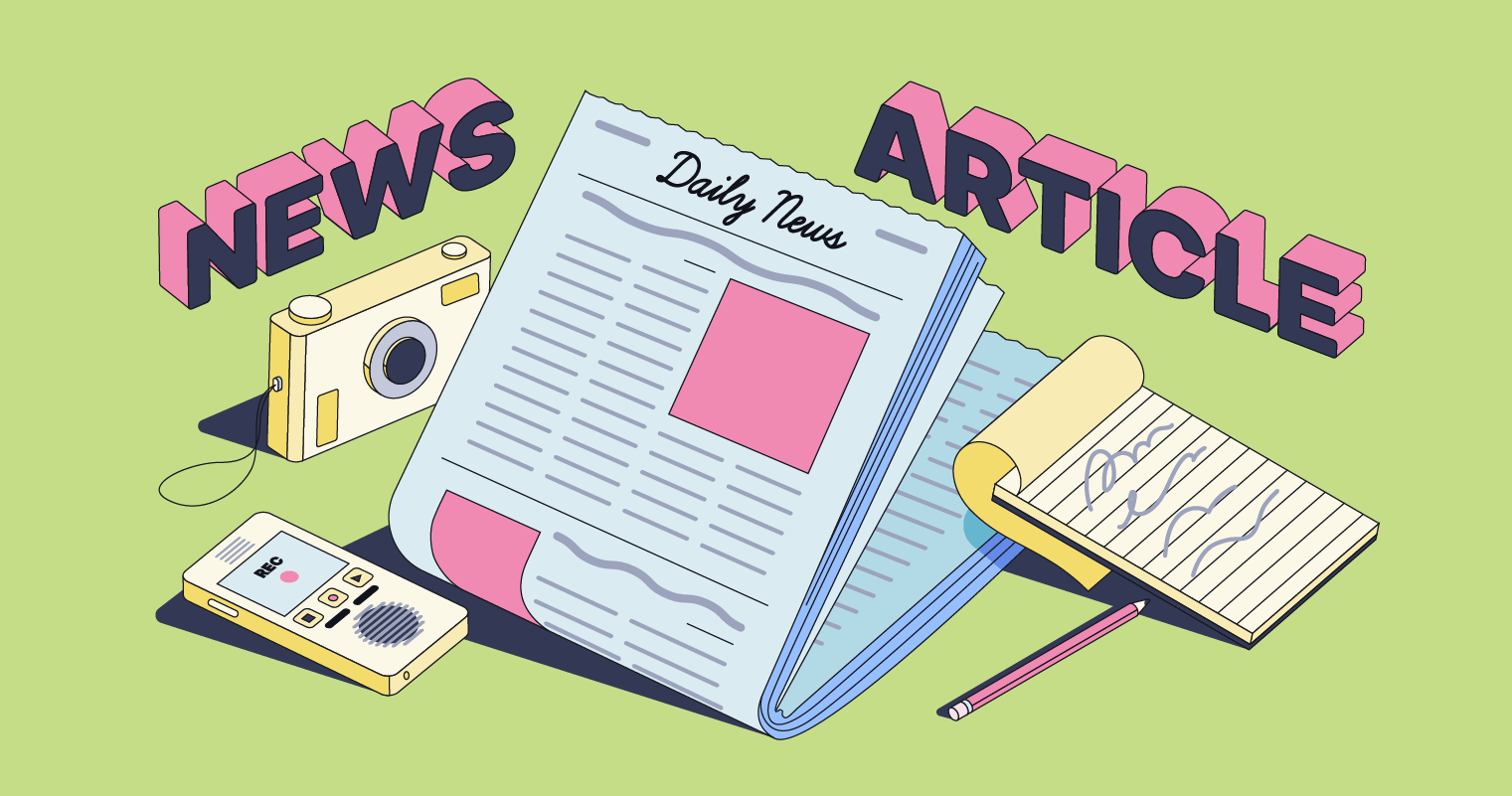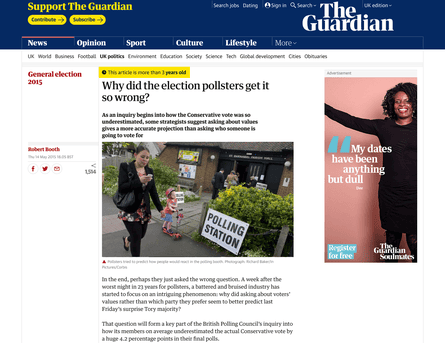The Definitive Guide for News Articles
The Definitive Guide for News Articles
Blog Article
Some Known Facts About News Articles.
Table of ContentsNot known Incorrect Statements About News Articles How News Articles can Save You Time, Stress, and Money.News Articles for DummiesIndicators on News Articles You Need To KnowAll About News Articles
Great knowledge of various subjects offers trainees an one-upmanship over their peers. Despite the fact that electronic and social media are conveniently obtainable, we ought to not forget how vital it is to review the newspapers. Moms and dads need to try and instill the practice of reviewing a newspaper as a day-to-day routine to continue the legacy of the adored print medium.Information tales also include at the very least one of the following essential attributes loved one to the desired target market: closeness, prominence, timeliness, human interest, peculiarity, or effect.
Within these limitations, information tales additionally intend to be thorough. Amongst the bigger and a lot more highly regarded newspapers, fairness and balance is a significant factor in offering details.
Papers with a global target market, for example, often tend to make use of an extra formal design of composing. News Articles.; common design guides consist of the and the United States News Design Book.
The Ultimate Guide To News Articles
As a regulation, journalists will not make use of a long word when a brief one will certainly do. They make use of subject-verb-object building and construction and vivid, energetic prose (see Grammar). They provide narratives, instances and allegories, and they seldom depend on generalizations or abstract ideas. News authors attempt to stay clear of using the very same word more than once in a paragraph (sometimes called an "echo" or "word mirror").
Headlines in some cases omit the subject (e.g., "Jumps From Boat, Catches in Wheel") or verb (e.g., "Cat female fortunate"). A subhead (additionally subhed, sub-headline, subheading, caption, deck or dek) can be either a secondary title under the primary heading, or the heading of a subsection of the article. It is a heading that comes before the major message, or a team of paragraphs of the major text.

of an article subject, informant, or interviewee), it is referred to as a drawn quote or draw quote. Additional billboards of any of these types might appear later in the short article (specifically on succeeding web pages) to entice further reading. Journalistic internet sites in some cases utilize animation techniques to switch one find more signboard for an additional (e.g.
Getting The News Articles To Work
Such signboards are likewise used as guidelines to the write-up in various other sections of the magazine or website, or as ads for the piece in other magazine or sites. Press release of the Swiss government. Common structure with title, lead paragraph (recap in strong), other paragraphs (information) and call details.

Example of a hard-lead paragraph NASA is proposing another space task. The spending plan requests roughly $10 billion for the job.
The NASA statement came as the agency requested $10 billion of appropriations for the project. An "off-lead" is the second most essential front page information of the day. The off-lead shows up either in the leading left corner, or straight below the lead on the. To "hide the lead" is to start the post with background information or information of additional importance to the viewers, his explanation requiring them to find out more deeply into a post than they should need to in order to find the essential factors.
Some Known Questions About News Articles.
Usual use is that one or 2 sentences each form their own paragraph. Reporters typically explain the company or structure of a news tale as an upside down pyramid. The crucial and most intriguing elements of a story are placed at the beginning, with sustaining details adhering to in order Web Site of reducing value.
It allows people to check out a subject to only the deepness that their inquisitiveness takes them, and without the charge of information or subtleties that they can think about unimportant, however still making that details readily available to a lot more interested viewers. The upside down pyramid framework additionally makes it possible for write-ups to be cut to any type of approximate size throughout format, to fit in the space available.
Some writers begin their tales with the "1-2-3 lead", yet there are several kinds of lead readily available. A twist can refer to several things: The last tale in the information broadcast; a "satisfied" story to end the program.
Longer short articles, such as magazine cover write-ups and the pieces that lead the inside areas of a newspaper, are referred to as. Feature stories differ from straight news in several ways. Foremost is the lack of a straight-news lead, many of the time. As opposed to offering the essence of a story up front, feature writers might try to entice readers in.
The Only Guide to News Articles
A feature's initial paragraphs often associate a fascinating moment or event, as in an "anecdotal lead". From the particulars of an individual or episode, its sight promptly widens to generalizations regarding the tale's subject.

The Editor's Toolbox: A Referral Guide for Beginners and Professionals (2001) Allan M. Siegal and William G. Connolly. The New York Times Guidebook of Style and Use: The Authorities Style Guide Utilized by the Writers and Editors of the Globe's Most Authoritative Paper (2002) M. L. Stein, Susan Paterno, and R.
Report this page